Cedar trees are a beloved and well-known type of tree. And while there is often confusion between common and botanical names between the types, there is no debate on how beautiful and useful these trees are. Cedars have supported communities as we’ve evolved, traveled, and built cities. The health, vitality, and opportunities surrounding these conifer trees continue well into today, too. Cedar trees and cedarwood is all over the place: siding, furniture, boat-building, greenhouses, and cigar boxes, to name a few.
IDENTIFY NEW PLANTS WITH PLANTSNAP
These are ancient trees, worth getting to know and important to protect as we go about creating sustainable societies and economic systems.
Introduction
Many people are surprised to learn that there are only 4 types of true cedars: Cedrus atlantica, Cedrus brevifolia, Cedrus deodara, and Cedrus libani.
We’ll get into the distinctions between the different species below. For now, what these 4 species share in common is that they are all coniferous trees of the Pinaceae genus. Native to the mountainous regions of the Himalayas and the Mediterranean, they have resinous wood with a strong, spicy scent. The leaves are evergreen and are needle-like in shape and arranged into spirals. These trees have light brown cones, reddish-brown bark, and grow in full sun.
Cedars are planted and protected today for aesthetic reasons, medicinal and spiritual practices, in forest restoration, and as wind-breaks.
True or False Cedars?
However, if you live in North America, you might be really surprised to hear that there are only 4 species of true cedars and that they are indigenous to landscapes across the ocean. As it turns out, there are indeed trees native to North America that we commonly identify as cedars, though they are technically in other plant genera. In the botanical world, these are often referred to as “false cedars.” This can be confusing at first, but unlike palm trees and cycads, there are a limited amount of species in either category of “cedar,” so it won’t take you too long to sort out the distinctions.
Different Types of Cedar Trees
Compiled below are distinct features of both true and false cedar species as well as tips on how to identify the various types in the world.
True Cedars
There are 4 species of true cedars in the world. Their names are often clues to where they can be found growing.
Atlas Cedar (Cedrus Atlantica)
The Atlas cedar, also known as the blue atlas cedar, is native to the Atlas mountains. Its leaves feature a blue-green shade and grow in clumps. You can identify atlas cedars by their brown-grey bark that fissures as they mature.
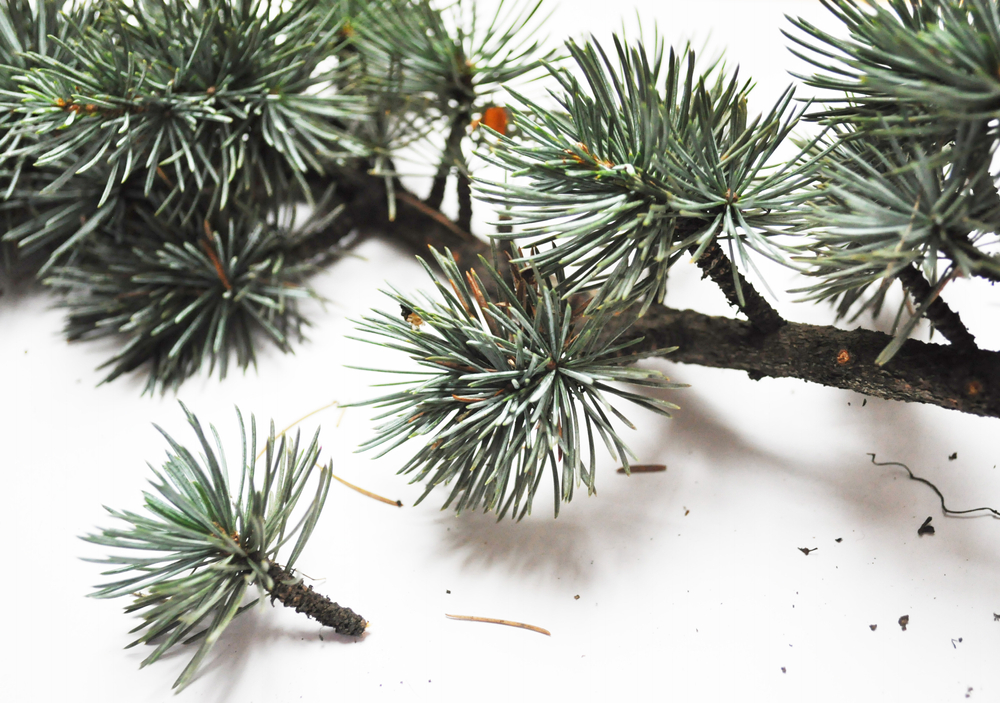
Cyprian Cedar (Cedrus brevifolia)
The Cyprian cedar is endemic to the island of Cyprus in the mediterranean sea. Its needles are arranged in short clumps and it has shorter branches than other cedar species.
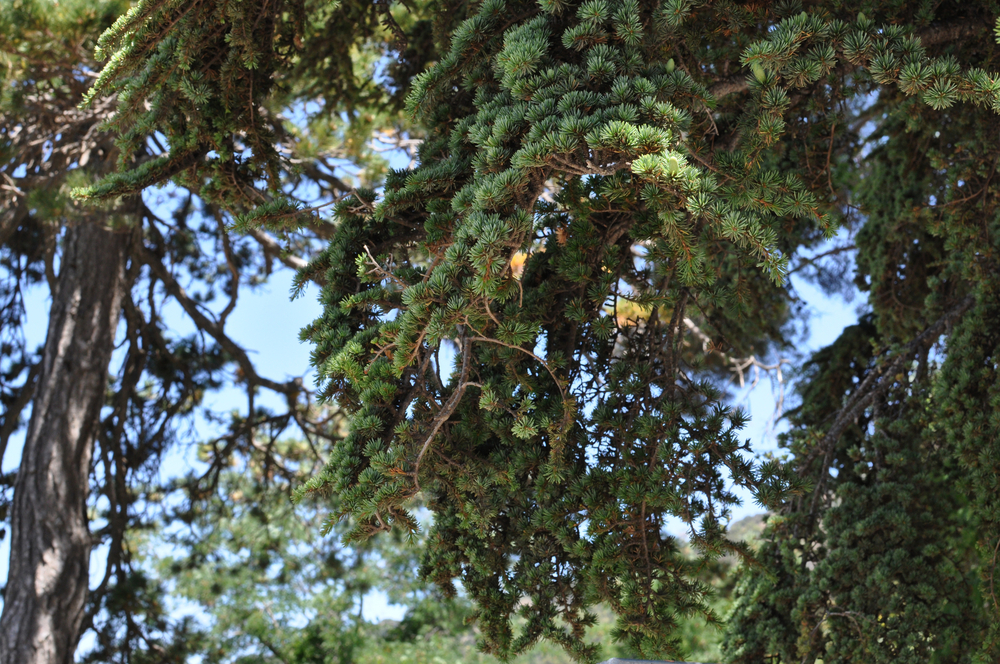
Cedar of Lebanon (Cedrus libani)
Also known as the cedars of Lebanon, these cedars are native to Southwest Asia, throughout parts of Lebanon and Syria. These trees are significant cultural symbols of identity, so much so that they grace the Lebanese flag today. These cedars are drought-tolerant and develop massive trunks. They are distinguishable by their flat tops and impressively stretching branches that grow horizontally.
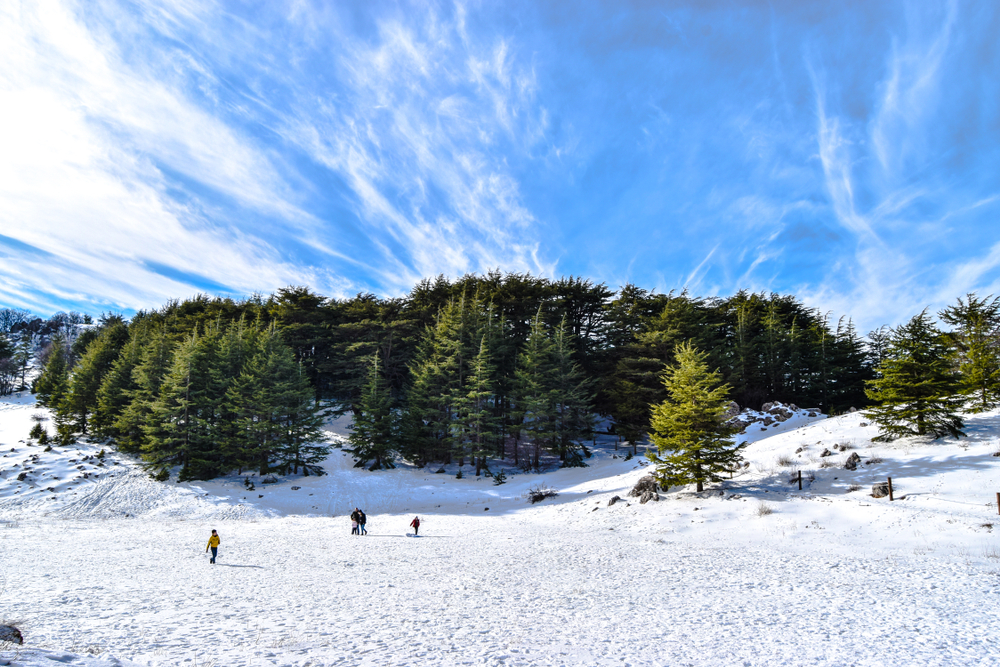
Deodar Cedar Tree (Cedrus Deodara)
The Deodar cedar is also known as the Himalayan cedar, which is where this species is native. They are pyramidal when young, but will flatten out with maturity. These cedars have wide-spread, swooping branches.
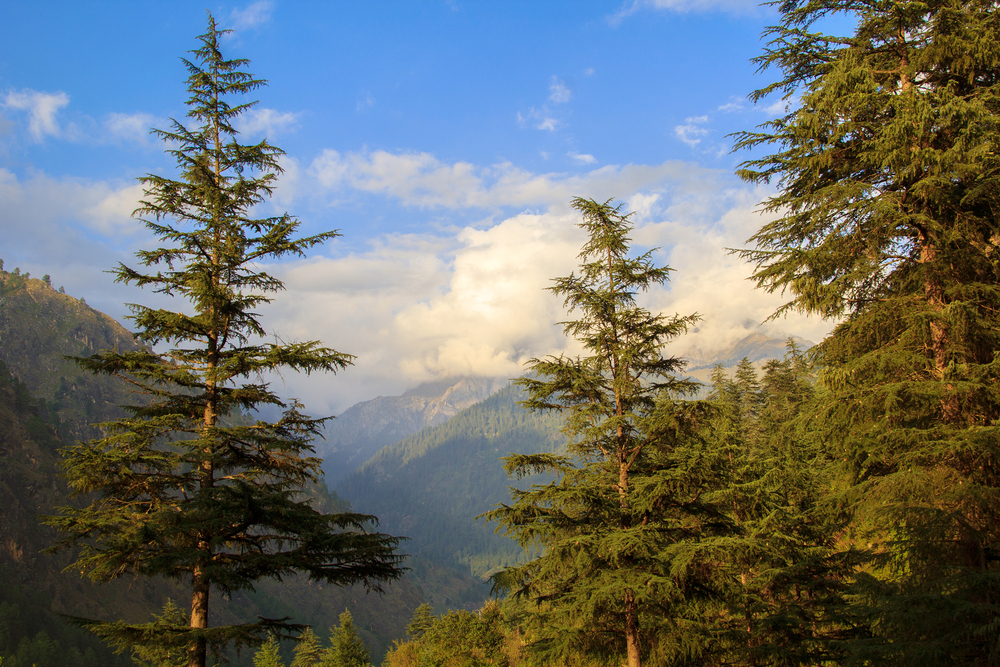
False Cedars
Even though false cedars aren’t officially in the genus Cedrus, knowing the varieties commonly identified as cedar, especially in North America, can be an important skill to avoid misunderstanding fellow gardeners, foragers, and environmentalists. These false cedars carry immense significance to indigenous communities in North America, many of whom have honored these species for millennia, working with the trees for life-cycle ceremonies and medicinal purposes. Mary Siisip Geniusz’s book Plants Have So Much To Teach Us, All We Have To Do Is Ask is a towering resource for anyone curious to learn more about this in relation to Anishinabee ancestral wisdom and practice.
Alaskan Yellow Cedar (Cupressus nootkatensis)
Scientific names will always be the most dependable way to confidently distinguish between true and false cedars. For example, yellow cedar is in Cupressaceae or cypress family, as you can see from the botanical name.
It is native to the Uppernorthwest of North America. You can distinguish it from other species by the drooping branches. The yellow cedar has scaly leaves that can be prickly.

Bermuda Cedar (Juniperus bermudiana)
While commonly called cedar, this tree is actually a juniper endemic to the island of Bermuda. This tree-covered much of the island, but the forest was decimated first by settlers, and then later by an infestation of scale. It is an event known today as “the blight.” This caused a variety of pollinators to become extinct and is a harrowing example of how unchecked human development can cause a catastrophe in the natural world.
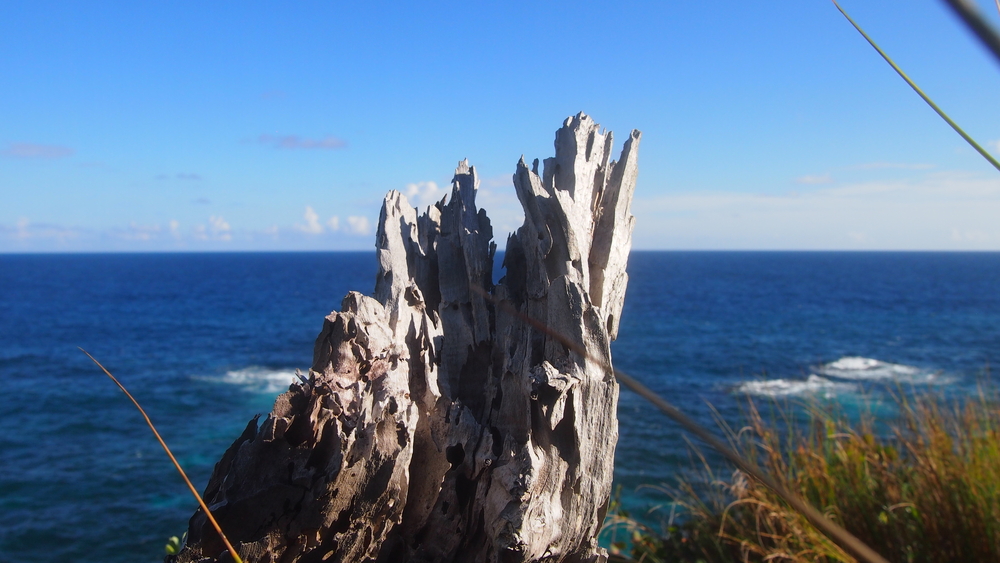
Eastern Red Cedar Tree (Juniperus virginiana)
The eastern red cedar is actually a member of the juniper genus and grows in a pyramidal shape. These trees prefer full sun and wide-open spaces – does anyone else have a certain song ringing in their ears right now?
Eastern cedar wings love to eat the berry-like cones, and the foliage of this tree provides cover for other bird species as well.
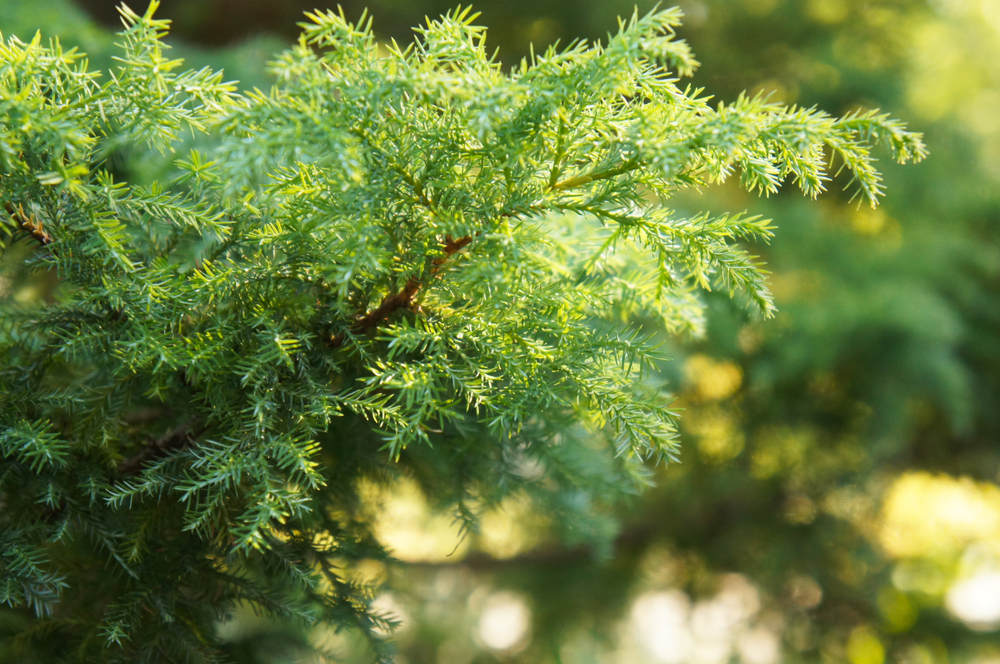
Incense Cedar (Calocedrus decurrens)
These false cedar trees are deliciously fragrant and popularly sold at organic garden stores, especially around the winter holidays as seasonal pots and decorations. The tree is native to California and the Western part of North America, especially the Pacific Northwest. They can grow up to 152 feet high, displaying a conical shape.
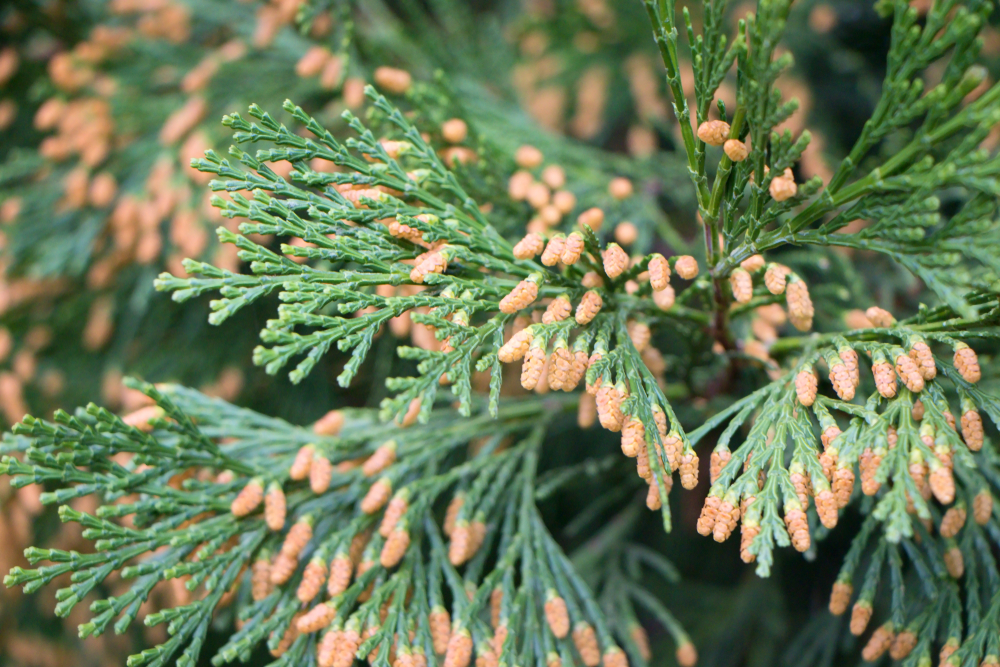
Northern White Cedar (Thuja occidentalis)
These false cedars are also known as arborvitae. They do best when in full sun, especially as young trees, but can handle partial shade too. These trees like moist to wet soil. The needles are scaly and are arranged to make the branches flat in appearance. The roots are shallow and spreading and the cones of this tree are oblong.
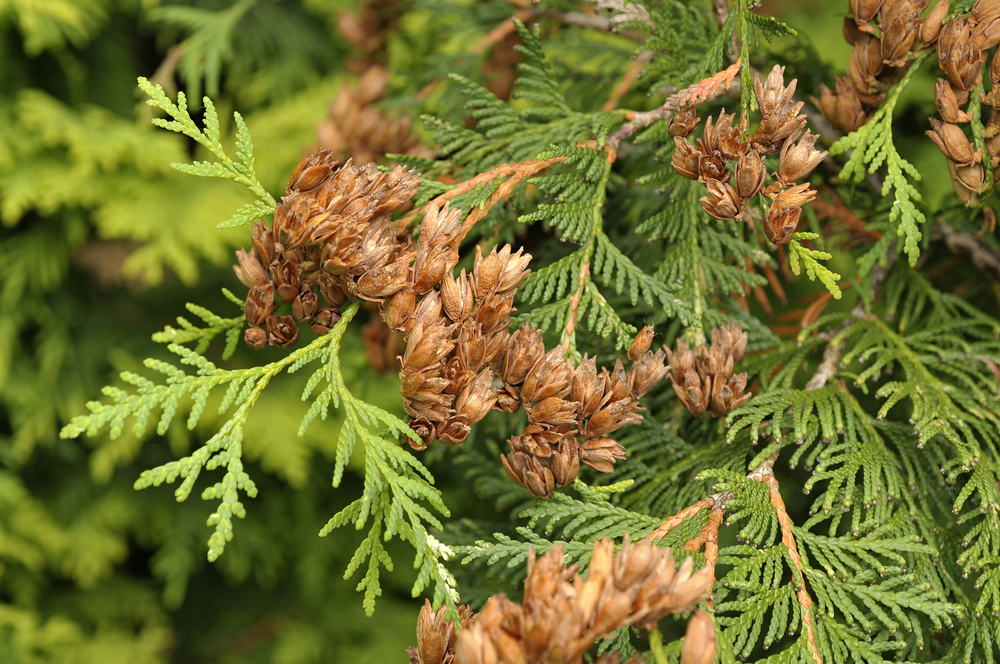
Port Orford Cedar (Chamaecyparis lawsoniana)
Also known by the common name Lawson’s Cypress, these trees are distributed across the Pacific Northwest of the United States. They can grow to over 200 feet tall. The heartwood is a pale yellow, while the sapwood is a whitish, yellow-brown hue. This is another very fragrant variety of tree, often compared to ginger.
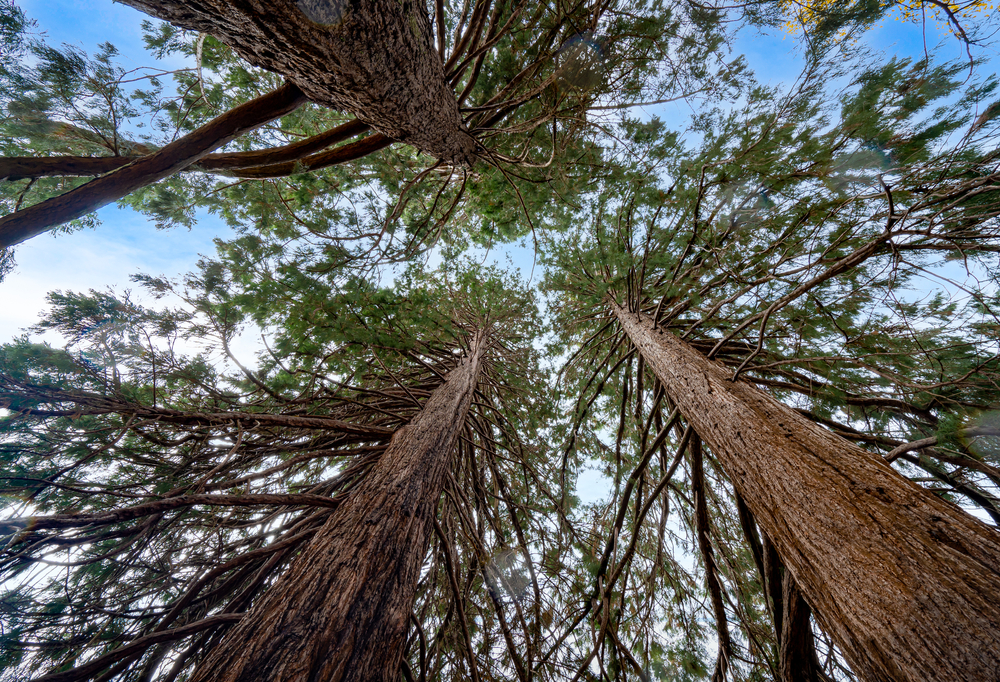
Siberian Pine (Pinus sibirica)
Native to a region spanning parts of Siberia and stretching down through Mongolia, this tree is actually a member of the white pine group, with needles that grow in bundles of 5. While it is very different looking than other cedars (it is very clearly a pine tree) the confusion comes in when people attempt to translate the common name for this tree in Russian, which comes out roughly (and incorrectly) as “Siberian cedar.”
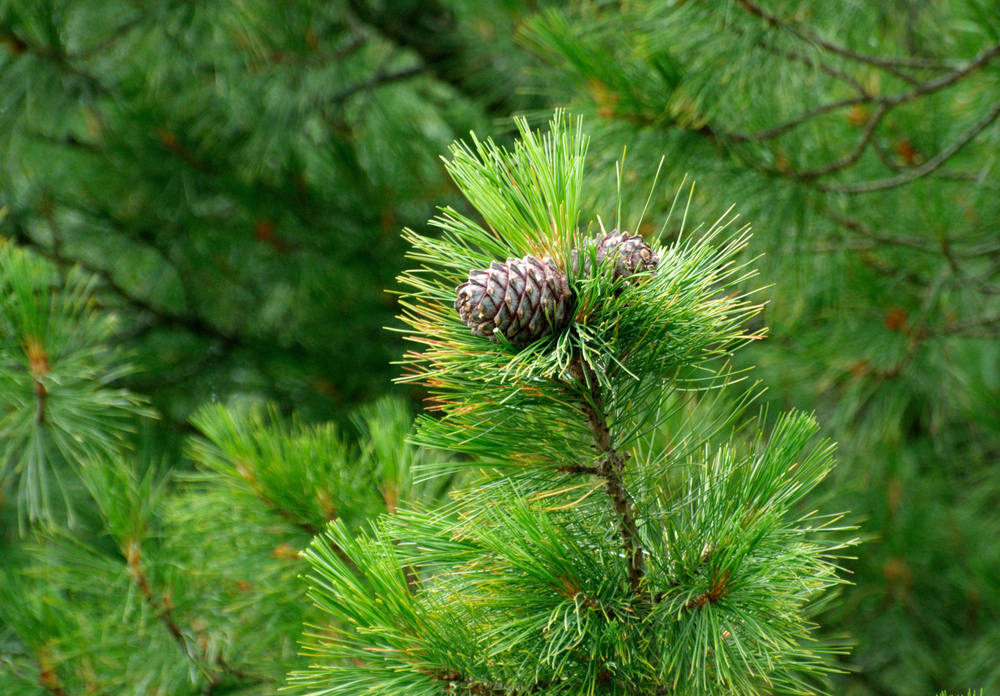
Spanish Cedar (Cedrela odorata)
These trees are native to Central and South America as well as the Caribbean. The wood is a pinkish color and is a widely used species for lumber. It has a distinctly “cedar scent” or at least, most people think it does, even though it is not a true cedar. Often, it is used to make cigar boxes.
Overall, it is not sustainable to use Spanish cedar as populations of these trees have become vulnerable due to industrialization and climate change.
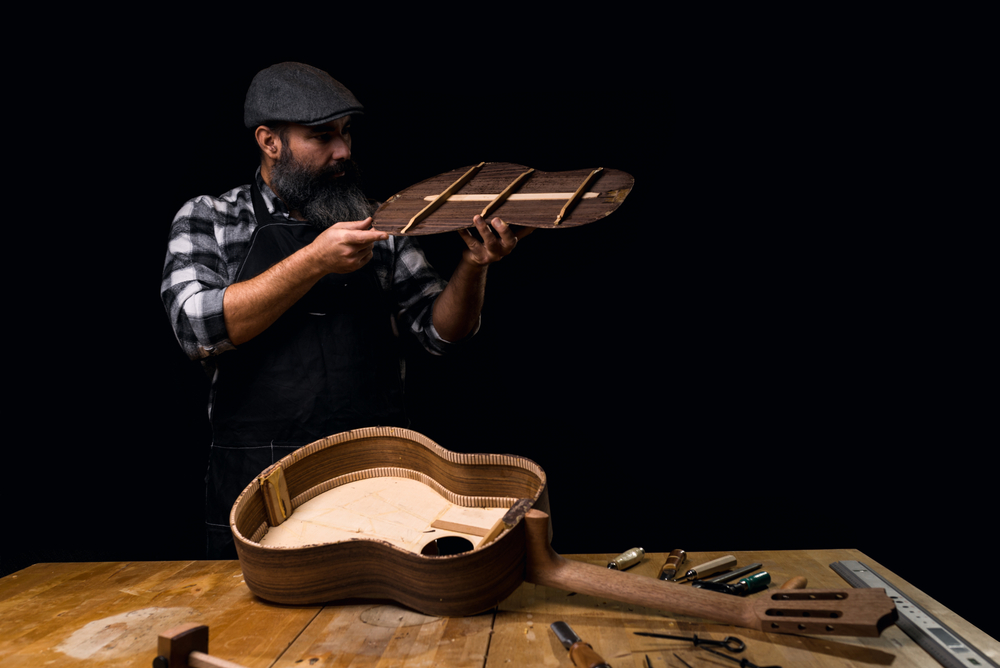
Western Red Cedar (Thuja plicata)
Native to the Pacific Coast of North America, these trees are popular ornamentals and timber. They are pyramidal in form and have a strongly buttressed base. They have cinnamon-red or brown scaly bark that sheds irregularly. Their cones are egg-shaped.
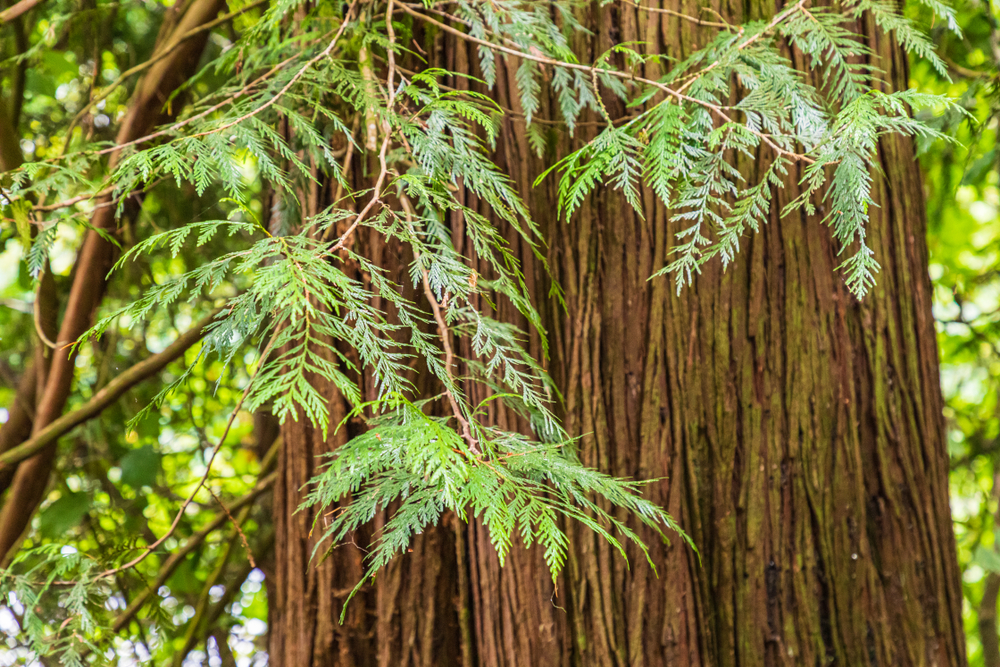
Cedars and False Cedars
Cedar trees, both true and false, have shaped innumerable communities and cultures. Understanding the differences between species and genus types can be an exciting way to personally engage with this powerful plant and connect to ancient traditions and ways of living.
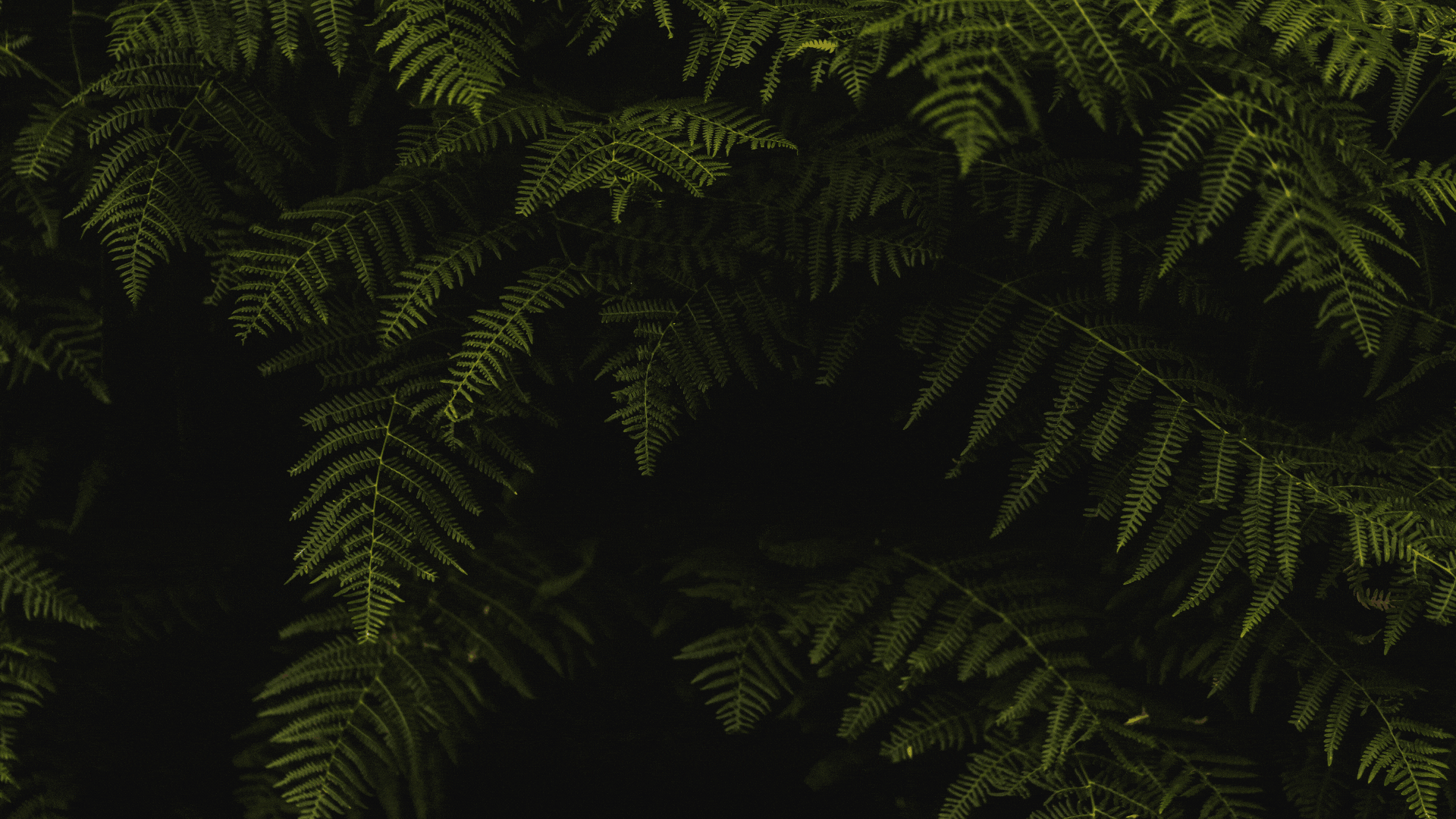
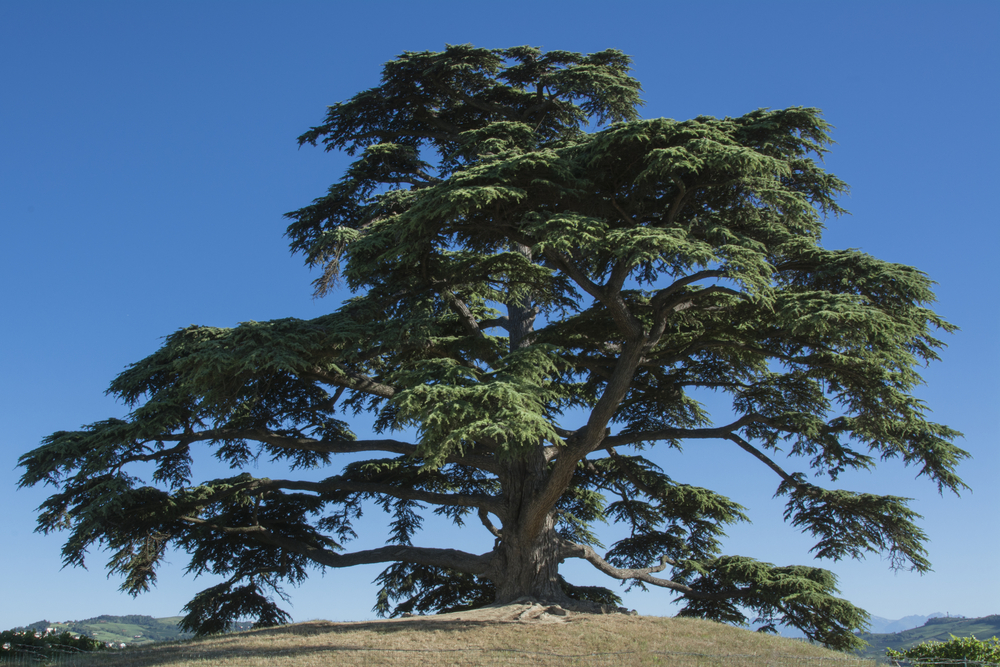











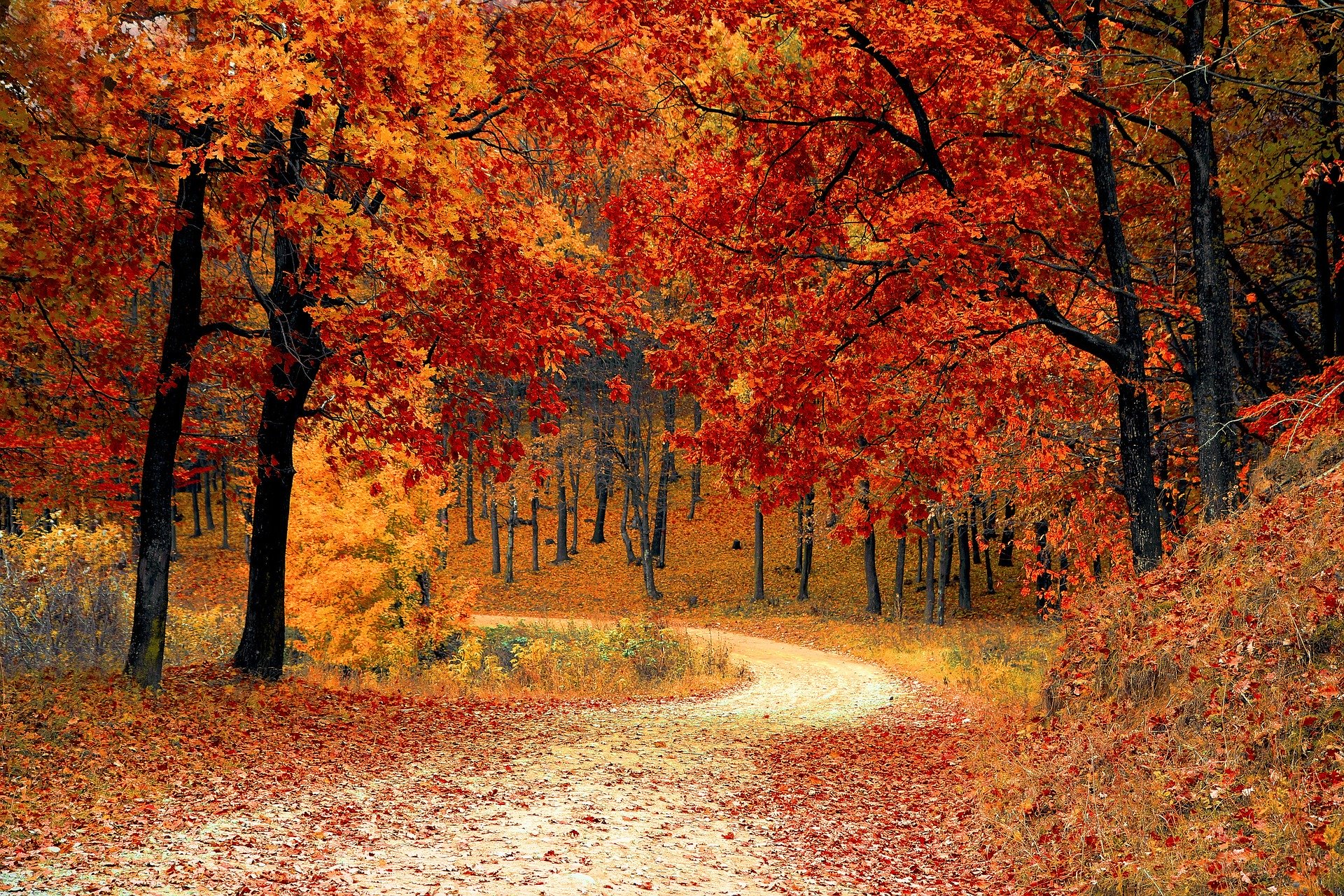
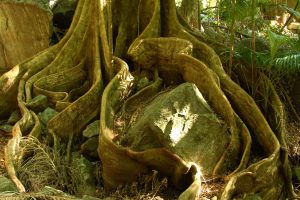

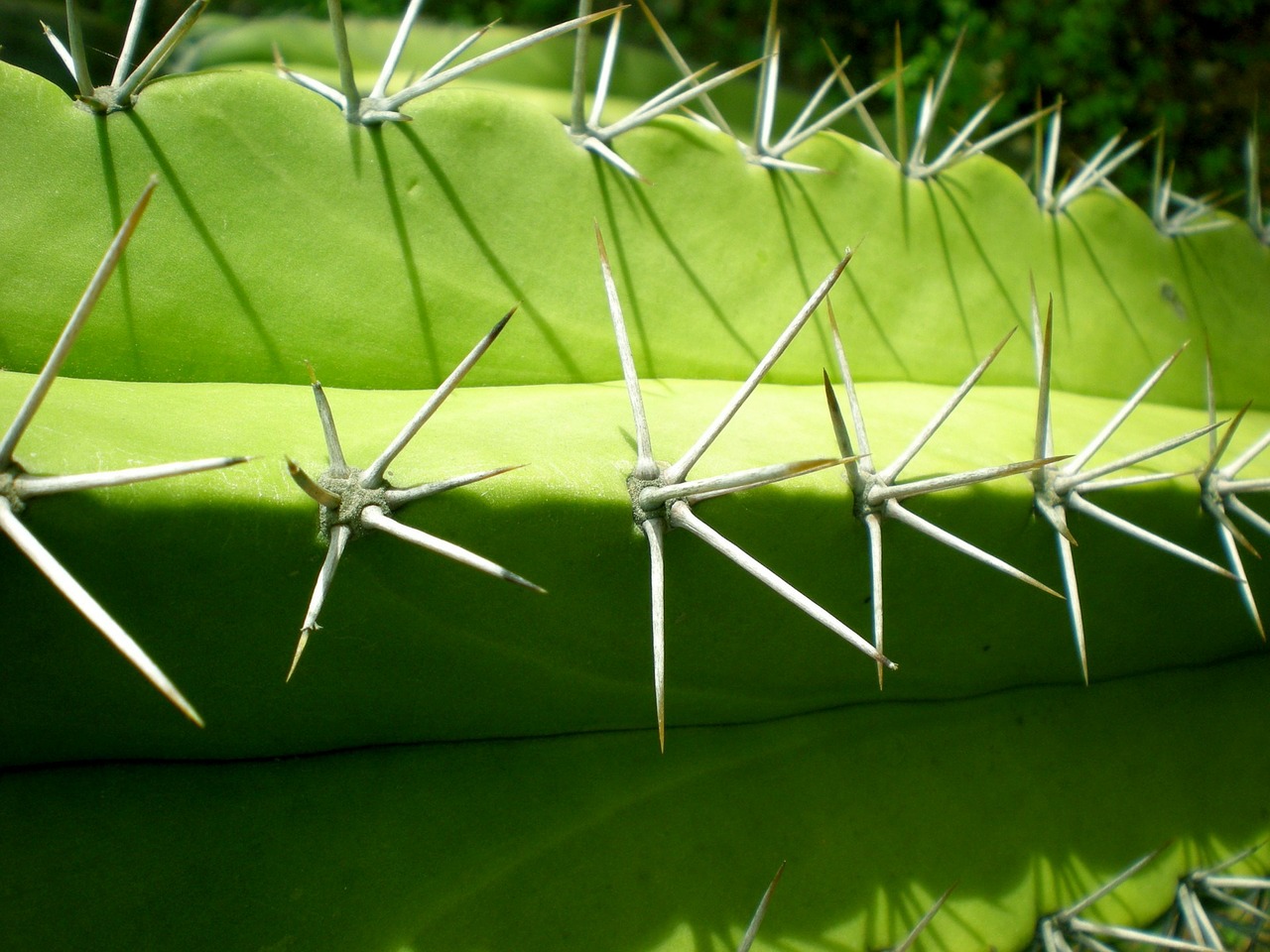
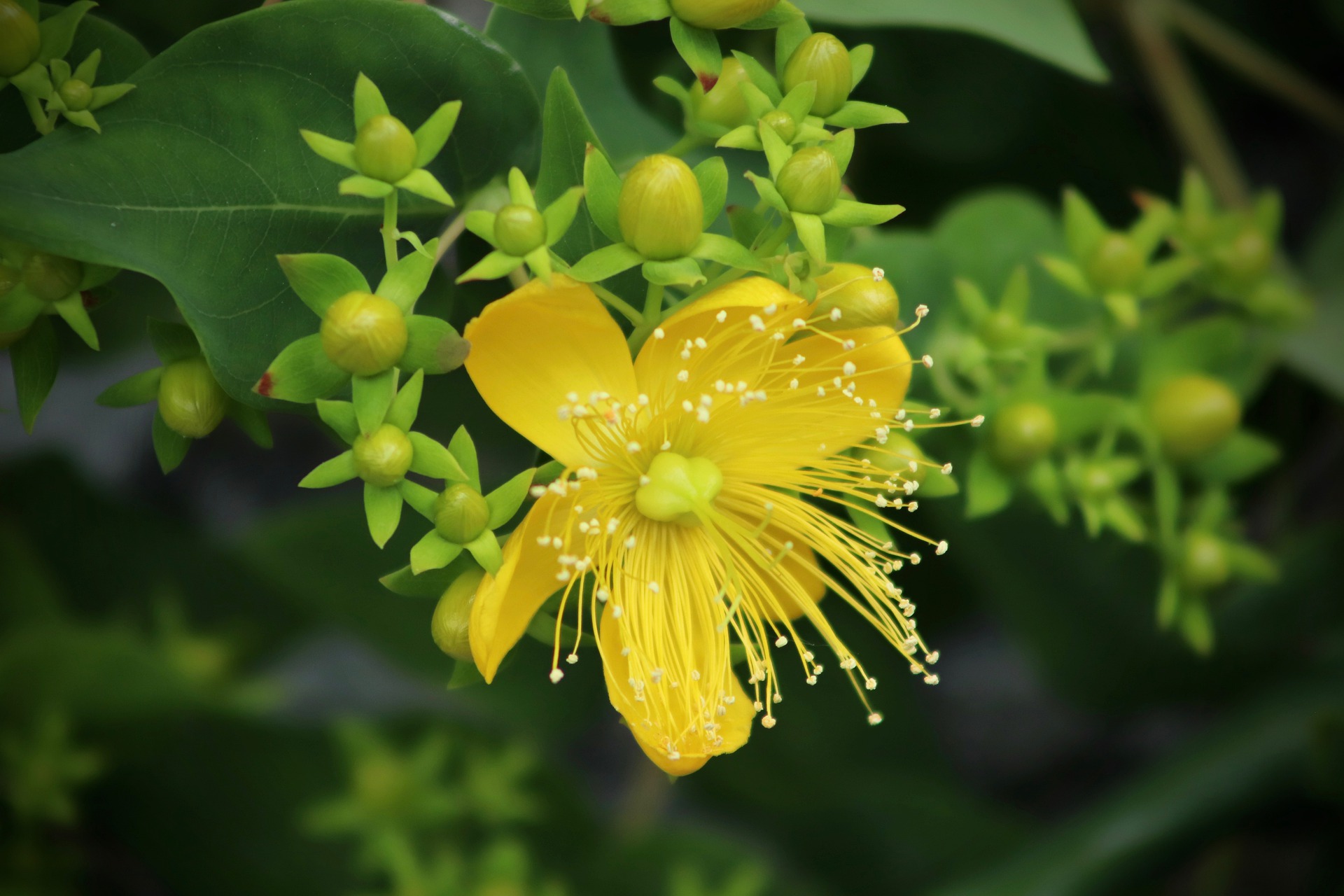
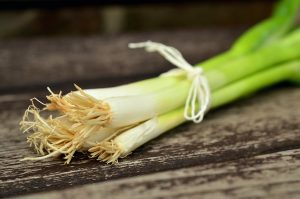
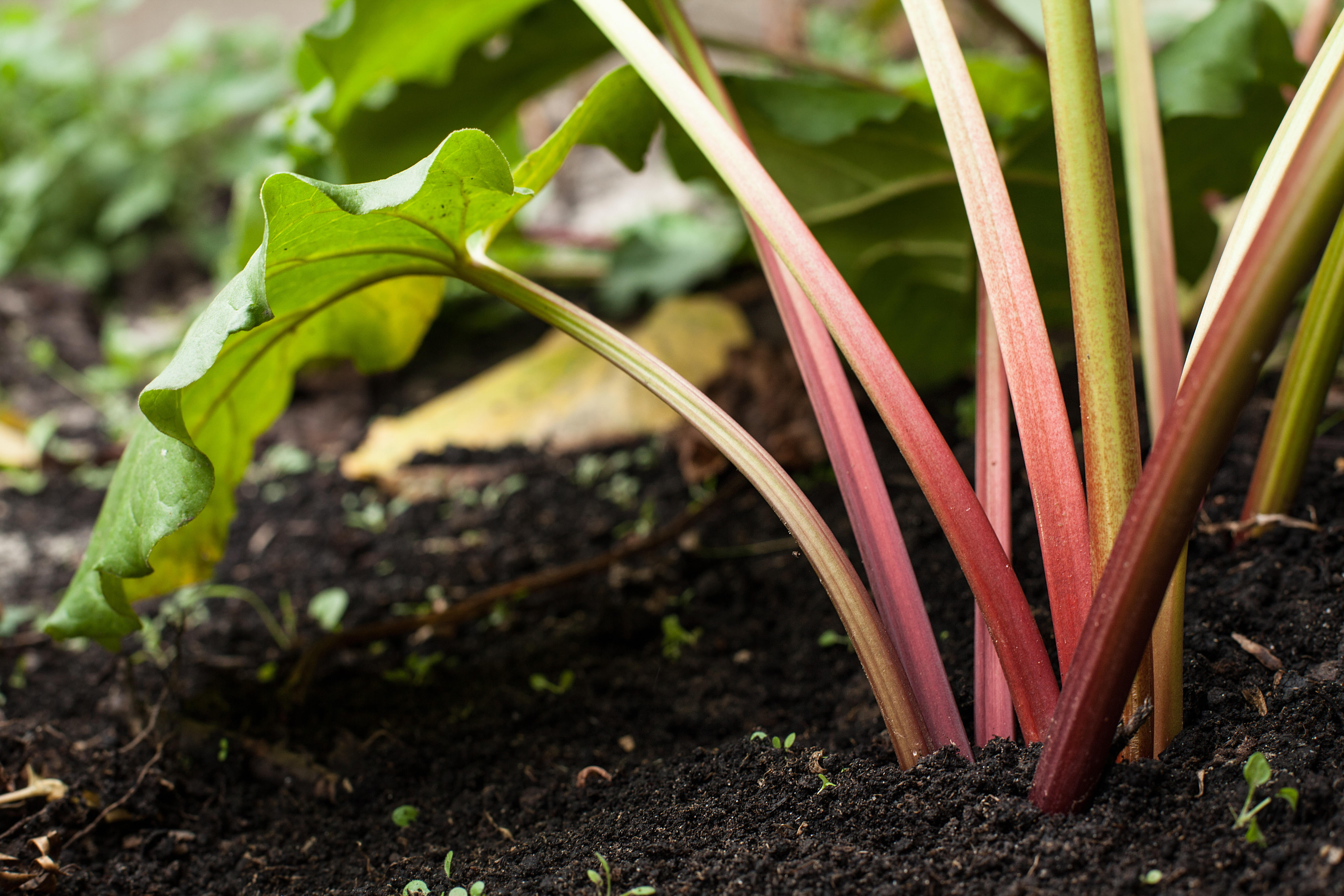

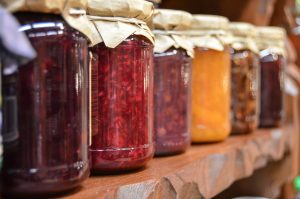

0 Comments